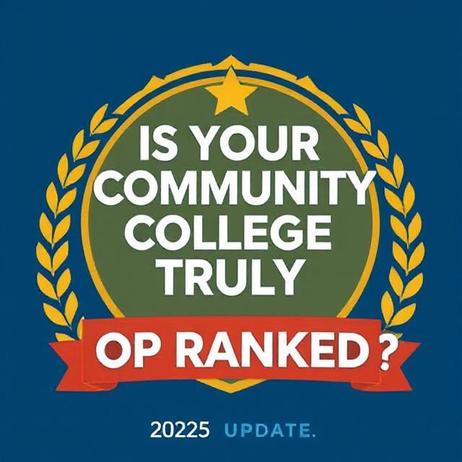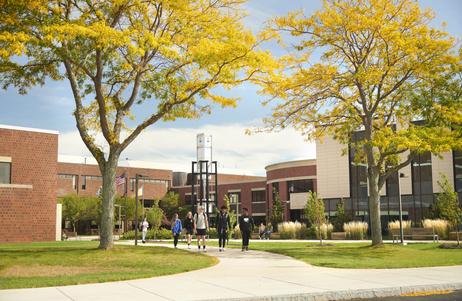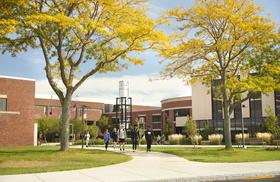The State of Graduation in 2025
When the original article was written, many observers questioned whether California’s community colleges could meet ambitious targets by 2020. Now, half a decade later, the system has not just confronted those doubts, but has evolved its strategy and the broader vision.
Enrollment and Demographic Trends
Enrollment has declined since the COVID-19 pandemic, placing pressure on revenue and student retention efforts.
Over 70 percent of California community college students come from racially and ethnically diverse backgrounds, underscoring the necessity of equity-focused reforms.
More than 1.8 million students enroll annually in the California Community Colleges (CCC) system.
Completion and Transfer Outcomes
Among first-time, full-time students in California community colleges, the average completion rate is approximately 42 percent (for the 2025–26 cohort).
For students who transfer to four-year institutions, outcomes have improved: a majority of CCC transfer students now graduate from CSU within four years (79 percent) and from UC within four years (90 percent).
CSU’s own Graduation Initiative 2025 has helped raise its systemwide four-year graduation rate for first-year students to about 35 percent (up from 19 percent when the initiative began).
Among transfer students





















